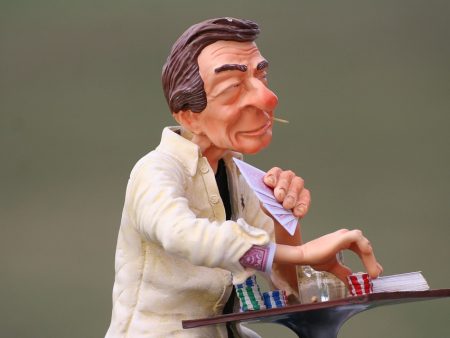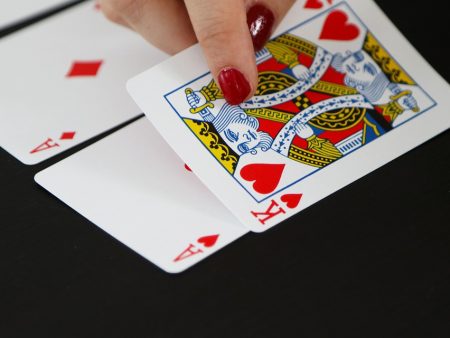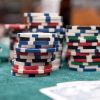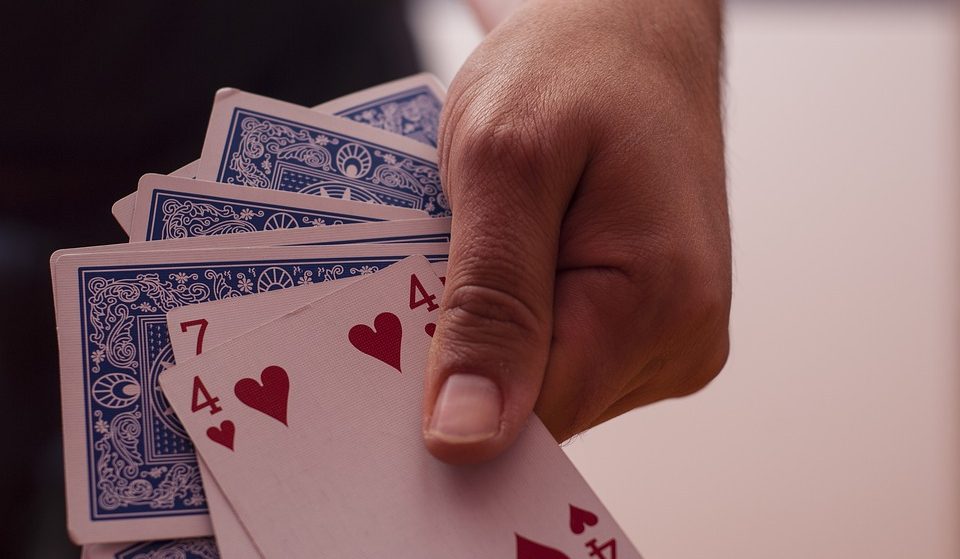
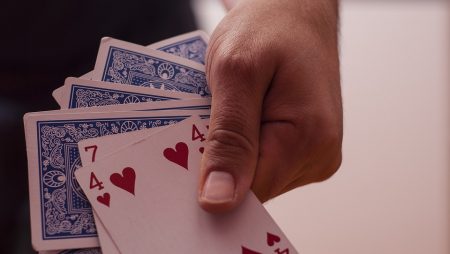
Do you enjoy playing Poker? Not only is it a game of luck and skill, but involves bluffing. You must have noticed; you play the people rather than the cards in Poker. Bluffing is a skillful art. It requires an accomplished poker face and is an art of deception.
If you successfully convince your opponent to fold by bluffing, you are the master of this art.
What makes your bluff a success? Your bluff becomes a success if you know to pick your timing and spots accurately. This article will teach you the tricks and timing to decide when to bluff!
What Are The Deciding Factors That You Should Consider Before Bluffing?
It would help if you considered certain factors to ensure the success of your bluff. These factors will also enlighten you on whether it is the right time to bluff. Interesting, isn’t it? The factors are listed below and elaborated as you peruse the article.
- Your opponents
- Your reputation
- The hand’s betting history
- Where you get positioned
- Your hand’s strength
- The betting size
All these are vital factors to consider while deciding to bluff. Let’s examine each of them in detail.
Your Opponents
Your bluff’s success lies on the shoulders of your opponent. The more gullible and penny-saving your opponent, the more chance your bluff has to succeed.
When you bet and your opponent fold, your bluff succeeds. However, if you bet and your opponent calls your bluff, you stand a chance of losing. How do you ensure the stars aligned in your side for the bluff to work?
Here are some pointers to consider when you want to pull a bluff against your opponents.
- Try betting one on one when bluffing
- Bluffing several people at a table rarely works, so consider your opponents carefully before bluffing against several players
- Ensure you avoid targeting opponents who do not think about your bet while calling or folding
- Try to bluff a good player to add spice to the game
You should also consider recent history. If your opponents play terribly during a session and haven’t mastered Poker face, they will prove terrible bluff targets. Even if they are generally good players, that session takes them out of the running.
Likewise, an opponent who doesn’t play well generally winning a huge pot can prove to be an excellent bluff target.
Your Reputation
Your reputation or image at the table plays a crucial role in deciding the success of your bluff. If you are a solid player, your bets symbolize a strong hand, and your bluffs can succeed.
However, if you throw around your chips, your bluffs are likely to fail. Your perception in the eyes of your opponents’ matters for your bluff to succeed.
The Hand’s Betting History
Your bets get analyzed throughout the game. If you have good players going against you, they can make out your betting patterns. So, you need to ensure your bets line up with the narrative for your bluff to succeed.
Where You Get Positioned
Your position and placement on the table with reference to the remaining players/ player are relative. Gauge their reactions carefully before you decide to bluff. Late positions are conducive to a successful bluff in Poker.
You should see if your opponent checks; they could be the weak player, and you could plausibly succeed in your bluff. Unfortunately, if you are first to bet or check, you might not be able to gauge your opponents’ reaction.
However, if you are playing against an opponent who knows that bluffing at a later position is beneficial, you might get away with bluffing at an earlier position.
Your Hand’s Strength
Well, this is crucial to ensure your bluff’s success. There are two kinds of bluffs based on the strength of your hand.
Pure Bluff
Pure bluff occurs when your hand has absolutely no chance of winning the pot unless your opponent decides to fold. In this case, you are unlikely to win your money as the hand develops.
Semi-Bluff
Semi-bluff occurs when you have a backup plan. It is not an outright bluff like the pure bluff. Your hand has the tiniest chance of winning as the river develops. More often than not, semi-bluffs are better than pure bluff.
The Betting Size
When you play a No Limit poker game, you need to consider the size of the bet before bluffing. Ideally, your bet size should not drain your chips. It would be best if you got your opponent to fold with the least amount possible. How do you determine this amount?
You might think betting more will get your opponent to fold easily. However, this is rare. You might want to consider a threshold that your opponent refuses to bet beyond. Get as close as possible to that threshold to succeed in your bluff.
For example, if the pot has $100 and the flop has failed you, and your opponent has checked, it indicates their weakness. If your opponent doesn’t have a good hand either, betting 50% of the pot might convince them to fold.
However, all situations are different and require a unique betting strategy.
Suppose you perceive your opponent has a strong hand. You might need a bet as large as the size of the pot to get them to fold. Alternatively, if your opponent prefers calling irrespective of the bet size, it is inadvisable to bluff.
Summing Up
Bluffing is a skillful art. It requires precision, timing, and patience. The above deciding factors need to be considered.
Bluffing can prove to be complicated without the proper knowledge. If you are a novice, it is advisable to read about all the factors. Analyze your hand, your opponents, and the stack of chips around you before deciding to bluff.
As a novice, you might want to avoid bluffing until you master the game. Learn the concept of bluffing, poker strategies and gain plenty of experience playing Poker first. Combining your knowledge with experience will help you master the art of bluffing.
So, learn the skillful art of bluffing by perusing this article!


